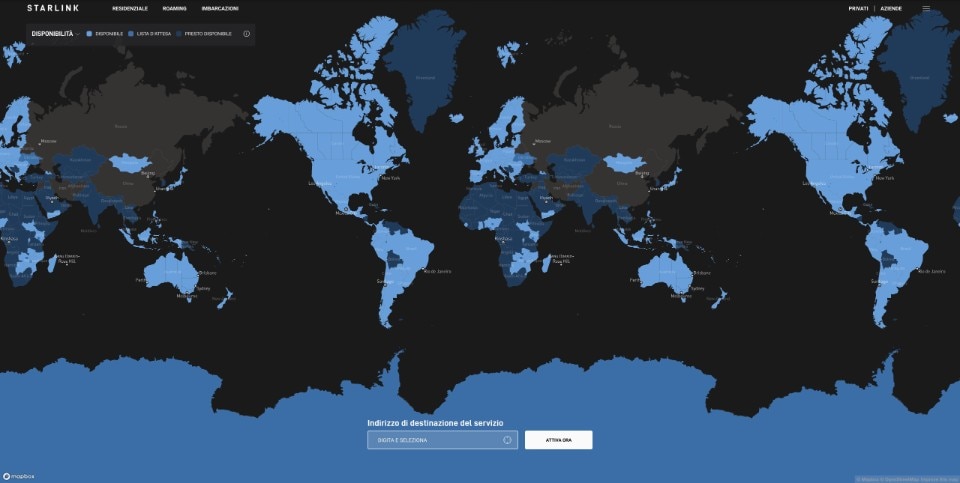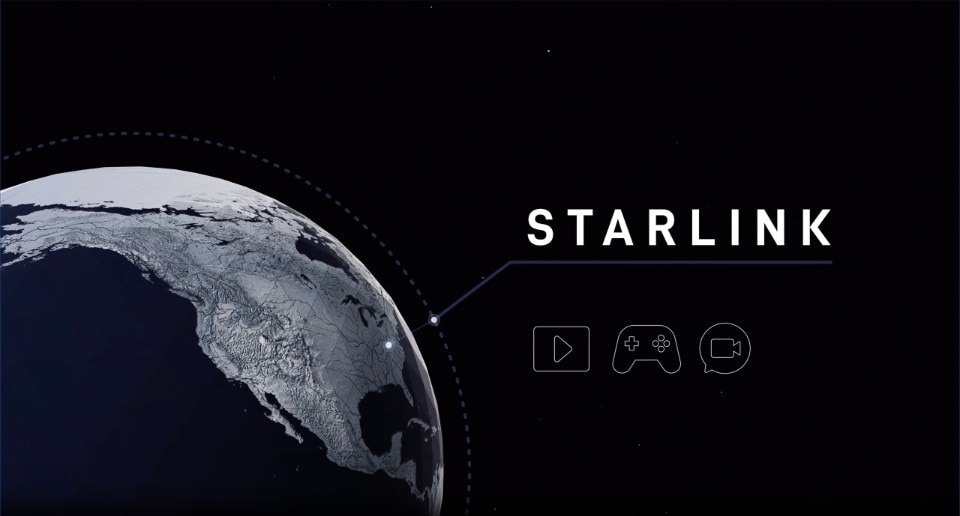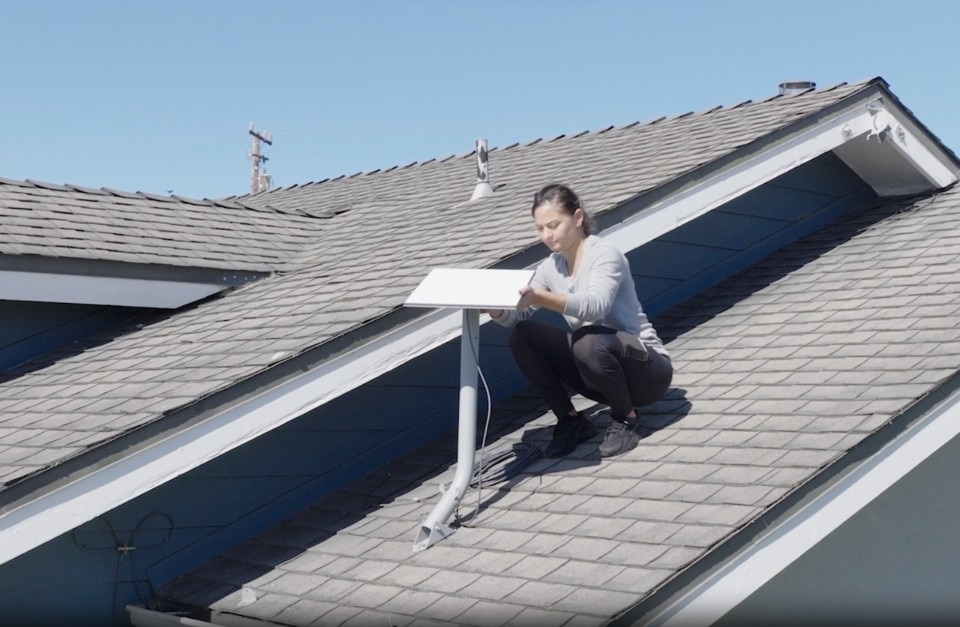Starlink. SpaceX. Elon Musk − these are the coordinates of a transformative revolution unfolding in space. Starlink is not just a satellite network designed by SpaceX, the private company funded by Elon Musk; it’s also an internet connectivity service reaching some of the world’s most remote areas of Earth – and beyond – at a fairly accessible cost. Together, these elements reveal a profound shift from the past: on one hand innovative technology that's highly efficient, and on the other an unprecedented network and system deployment pace.
Elon Musk named Starlink after The Fault in Our Stars by American author John Green, drawing on a title that in turn references a line from Shakespeare’s Julius Caesar.

Only five years after its launch, Starlink is projected to close 2024 with revenues of $6.6 billion, according to business intelligence firm Quilty Space. “What Starlink achieved in the past three years is nothing short of mind-blowing,” Quilty stated to Ars Technica in May. “If you want to put that in context, SES and Intelsat announced in the last two weeks – these are the two largest geo-satellite operators – that they're going to combine. They'll have combined revenues of about 4.1 billion.”
Starlink and its various uses have recently gained widespread media coverage as a tool for facilitating the connection between previously unreachable parts of the planet. A prominent example, highlighted in an article of The New York Times before the summer, describes how satellite internet connectivity “disrupted” the traditional lifestyle of a community in the Amazon region.

The story behind Starlink
Elon Musk named Starlink after The Fault in Our Stars by American author John Green, drawing on a title that in turn references a line from Shakespeare’s Julius Caesar: “The fault, dear Brutus, is not in our stars, but in ourselves, that we are underlings.” It represents a play on meanings probably harking back to stoicism, the ability to set no limits, to look beyond. In any case, the heart of Starlink is in its constellation of geostationary low Earth orbit (LEO) satellites positioned about 550 kilometers from Earth, as opposed to the usual 35,000 in traditional models.
This lower altitude reduces latency to around 25 to 60 milliseconds, allowing faster data transmission for activities like streaming, online gaming, and video calls among others. However, Starlink relies on the Ku and Ka frequency bands for satellite transmission and communicates with ground transceivers. In other words, the satellites operate as communication bridges between ground stations connected to fiber-optic networks and satellite antennas mounted on users' buildings or portable ones.
Starlink’s journey began with the launch of two test satellites in February 2018; it entered an experimental connectivity phase in fall 2020; and it began full commercial operations in 2021. Currently, the service has approximately 4 million subscribers and over 5,000 operational satellites, achieving a median download speed of around 80 Mbps in the United States. Starlink is now available in North America, Europe, Australia, Japan, South America (except Venezuela and Bolivia), only in Qatar and Yemen in the Middle East (Qatar and Yemen), and several African countries, including Nigeria, Kenya, and Zambia.
Starlink: residential, mobile roaming and maritime services
Starlink officially launched its consumer connectivity service in North America in early 2021, with an initial focus on extending internet access to rural and remote areas, while in 2022, Starlink expanded with a high-performance business plan. Over just three years, it rapidly grew its global coverage, service options, and performance improvements. Starlink's core business is the satellite-based connectivity service, which involves a one-time kit purchase and a monthly subscription. The kit box includes a Starlink control unit, a compact panel antenna measuring 594 x 383 x 39.7 mm, a kickstand, necessary cabling, and a Wi-Fi modem router.

Depending on the subscription, components may vary slightly; for instance, some antennas are designed for portable use. The consumer kit costs $349 (€349) while the business kit can reach up to $2,500. Starlink now offers plans for residential users, mobile roaming, and maritime applications.
Starlink is not just a satellite network designed by SpaceX, it’s also an internet connectivity service reaching some of the world’s most remote areas of Earth – and beyond – at a fairly accessible cost.
Looking ahead, Starlink plans to roll out its Direct to Cell service between late 2024 and 2025. This upcoming service will enable traditional smartphones to send and receive text messages directly via Starlink’s satellite constellation. Following this, Direct to Cell will expand to support voice calls, data transmission, and Internet of Things (IoT) services, with initial trials already underway through a partnership with T-Mobile.
Starlink recently released the Starlink Mini, a new antenna priced at approximately $600, which fits comfortably in a backpack, making the satellite connection service even more “portable.”

Starlink: from military applications to scientific criticism
The use of Starlink beyond conventional scenarios gained prominence during the ongoing Russian-Ukrainian conflict. To address communication challenges, the Ukrainian government entered into an agreement with Starlink for standard internet services, which later expanded to support military operations. Specifically, Starlink has been employed for coordinating artillery communications, enabling field observers to relay data rapidly to the most appropriate firing stations while minimizing exposure to radio jammers.
In recent months, Starlink connections have frequently appeared in news reports from various conflict zones, such as Sudan amidst its civil war, where they have been utilized by relief organizations, civilians, and military personnel alike. Consequently, disabling Starlink services or destroying satellite antennas has become a tactical consideration for opposing forces.

In 2024, the first satellites of the Starshield program – developed in collaboration with Northrop Grumman – were launched, further extending Starlink's military capabilities to provide services specifically for the United States and its allies. While details remain classified, the program is expected to include functionalities such as target tracking, optical and radio reconnaissance, and missile warning systems. The only publicly acknowledged element of this initiative is a classified $1.8 billion contract with the U.S. government.
Currently, the service has approximately 4 million subscribers and over 5,000 operational satellites, achieving a median download speed of around 80 Mbps in the United States.
In 2019, organizations like the International Astronomical Union (IAU), the National Radio Astronomy Observatory (NRAO), and the Square Kilometer Array Organization (SKAO) expressed concerns over potential light pollution resulting from Starlink's satellite constellation. As the number of satellites in orbit expands, there is a growing fear of “unintentional electromagnetic radiation” that could cause distortions and noise in telescope operations. In response, Starlink has initiated the development of a new line of satellites, known as V2 Mini, which aims to reduce the light radiation emitted and enhance performance using E-band backhaul technology.

Additionally, there are rising concerns about the risks of satellite collisions and the increase of space debris associated with deorbiting satellites. In 2022, the National Telecommunications and Information Administration (NTIA), on behalf of NASA and the National Science Foundation, submitted a formal letter to the FCC addressing potential issues that could impact scientific missions, rocket launches, the International Space Station, and interference with radio frequencies.


